If there is something that Turkey does not lack, it’s history. The country is astonishingly rich in sites from ancient times, including such places as Ephesus City in Selcuk and the many ancient ruins of Antalya, the Lycian way, Miletus, Priene, and Apollo Temple.
The territory of the Anatolian peninsula, or Asia Minor, where modern-day Turkey is situated, has been a precious link between Asia and Europe for as long as civilizations have existed, so it comes as no surprise that this region is one of the oldest in the world to be continuously inhabited.
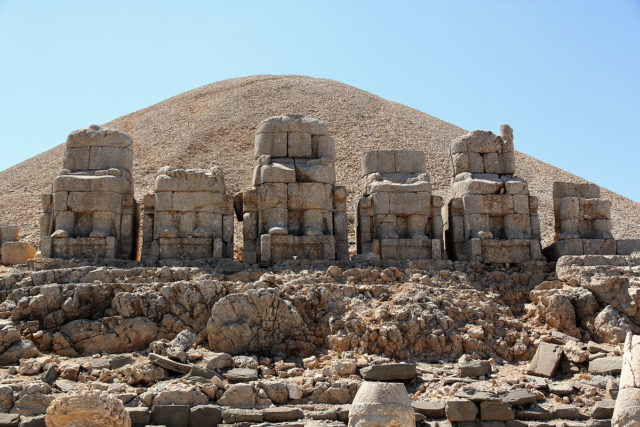
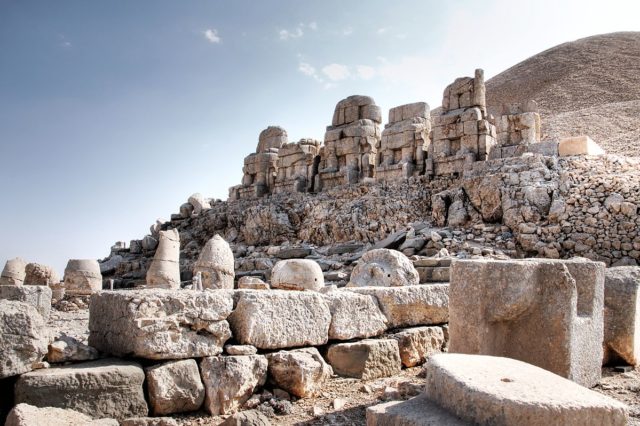
Of the many historical sites in Turkey, a unique one is located deep in the Anatolian heartland. It’s definitely worth every single mile, as it is considered the 8th Wonder of the Ancient World.
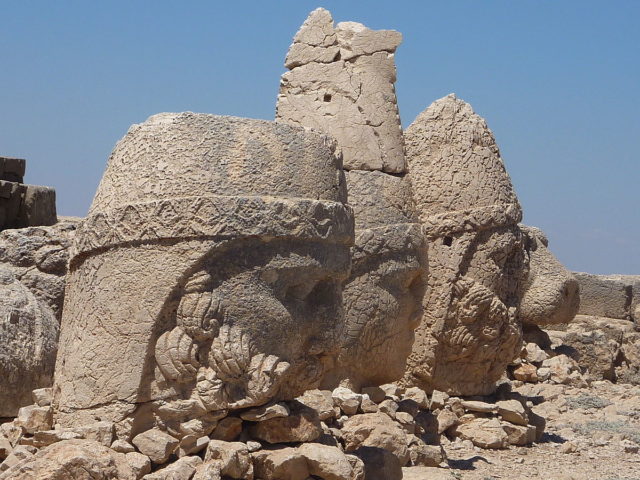
Known as Mount Nemrut (or Nemrut Dagi in Turkish), the 7,000-foot-tall mountain houses a historical site unlike any other in the country. Notable for its ancient tomb and temple complex, which includes numerous massive statues of Greek and Persian gods, the stunning site was constructed by King Antiochus I in 62 BC and is today considered to be the most significant monument of the Kingdom of Commagene.
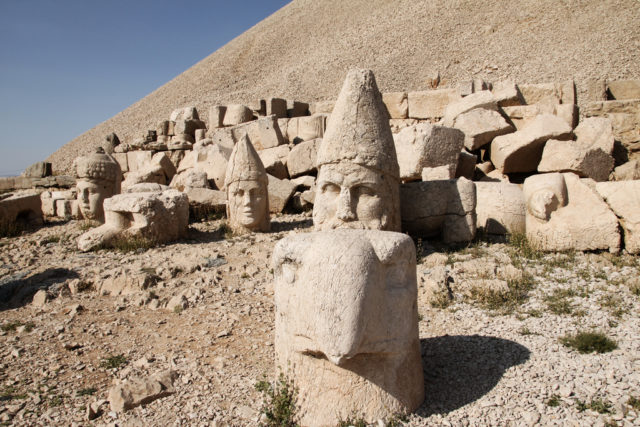
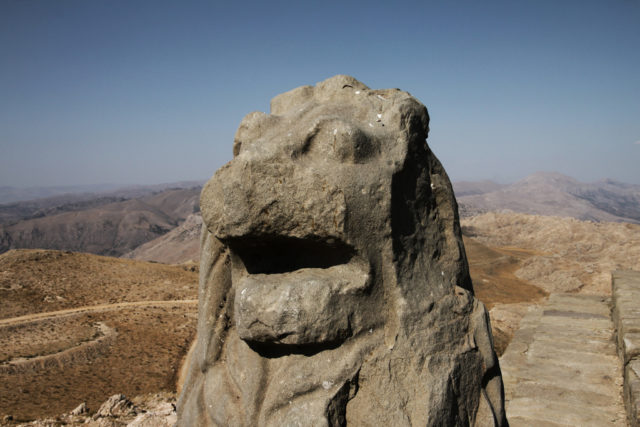
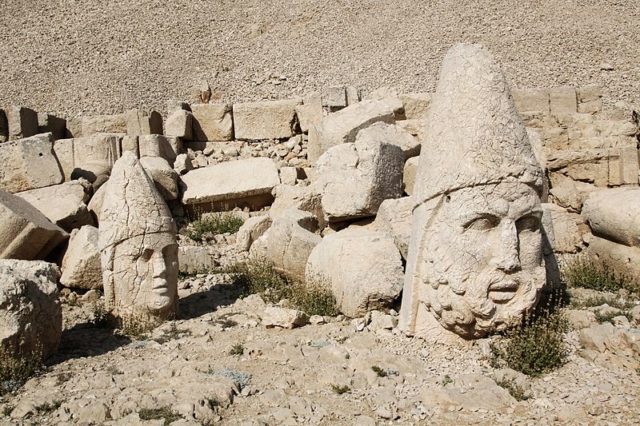
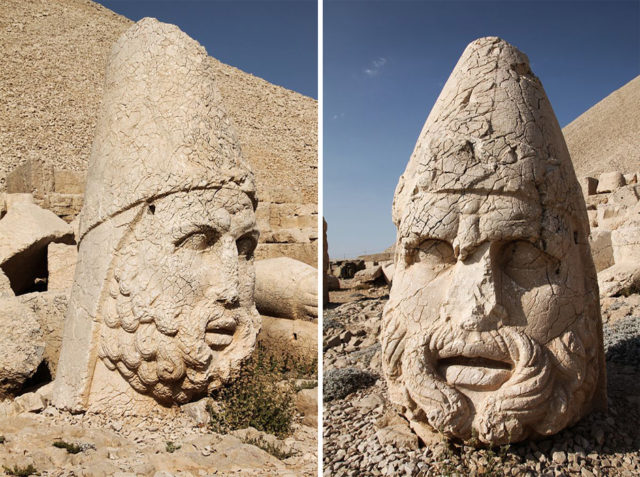
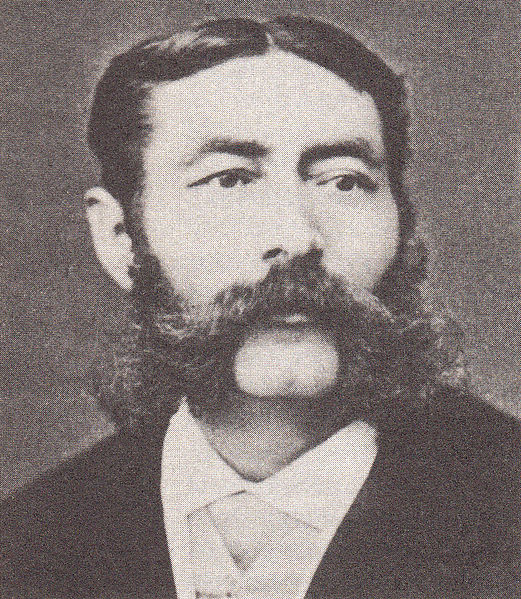
After the sudden death of Alexander the Great and the fall of his empire that stretched from Greece and Macedonia to India, many new kingdoms were created, and one of these was the Commagene kingdom, a small, independent kingdom in southern Anatolia.
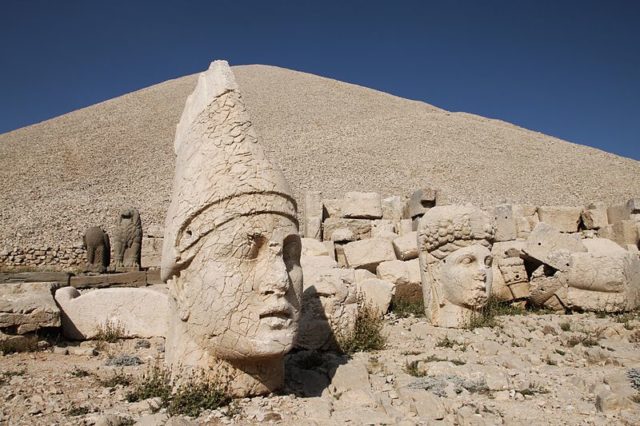
King Antiochus I, who reigned over the Commagene Kingdom from 70 BC to 36BC, is probably best known for creating a royal cult for the worship of himself and for the fact that he is often depicted in the company of Greek and Eastern deities with whom he claimed to have been closely connected.
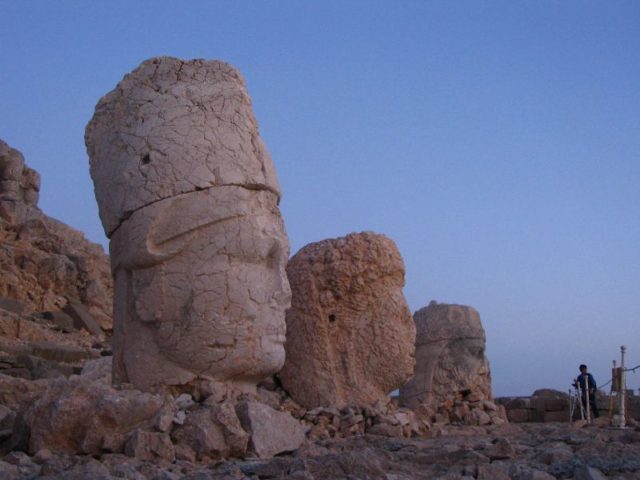
This rather eccentric ancient king traced his descent to Alexander the Great on his mother’s side and to Darius the Great on his father’s side and clearly wanted to leave a lasting legacy like his famed ancestors did, so he ordered the construction of the now famous complex at Mount Nemrut.
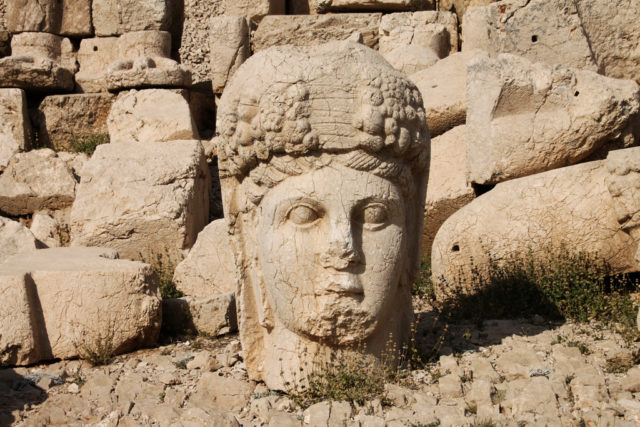
The king chose this particular location because he wanted the complex to be closer to the gods, hoping that he would also be forever remembered as the king who built such a magnificent religious sanctuary.
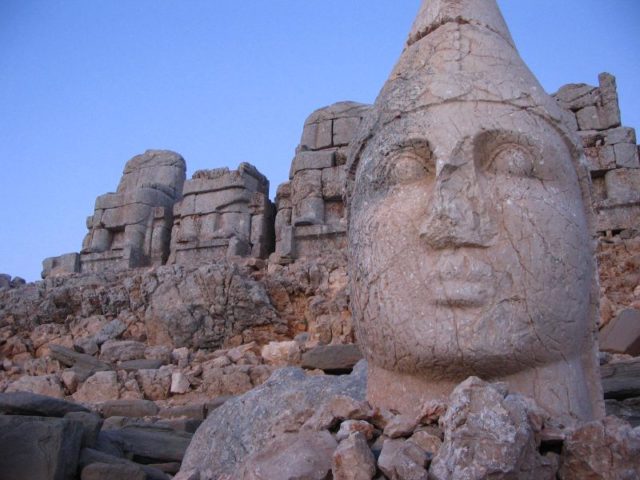
Made up of 50,000 cubic meters of gravel, Mount Nemrut measures at an impressive 164 feet in height, and covers an area of no less than 492 feet in diameter. From what we can see, it is easy to conclude that it took quite a long time and an impressive number of laborers before the complex was finished.
Sometimes referred to as the Throne of the Gods, the site consisted of three terraces on the east, north, and west sides, all of them surrounded by colossal statues of Greek and Persian gods, including ones of Apollo and Zeus.
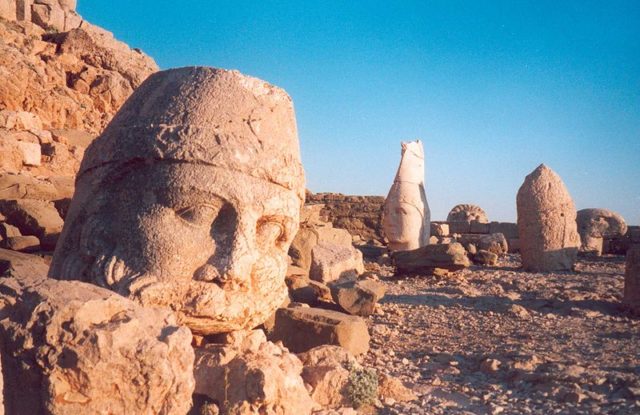
Over the centuries, the statues have all lost their heads, which fell off to the lower level due to frequent earthquakes in the region, or because of iconoclasm. Experts claim that they once stood 30 feet high and that their creation was clearly influenced by both Greek and Persian art, as the independent kingdom of Commagene was located between the two great civilizations.
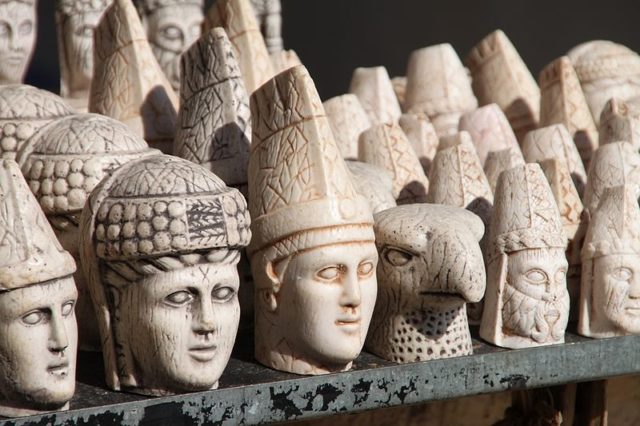
Nonetheless, these impressive statues were lost over time, only to be rediscovered in 1881 by Karl Sester, a German road engineer. Soon, a team of German archaeologists arrived on the site, but it took some 70 years before archaeological activity actually began.
Since 1987, Mount Nemrut has been on the UNESCO’s World Heritage List and in 1988, it was established as a National Park.
